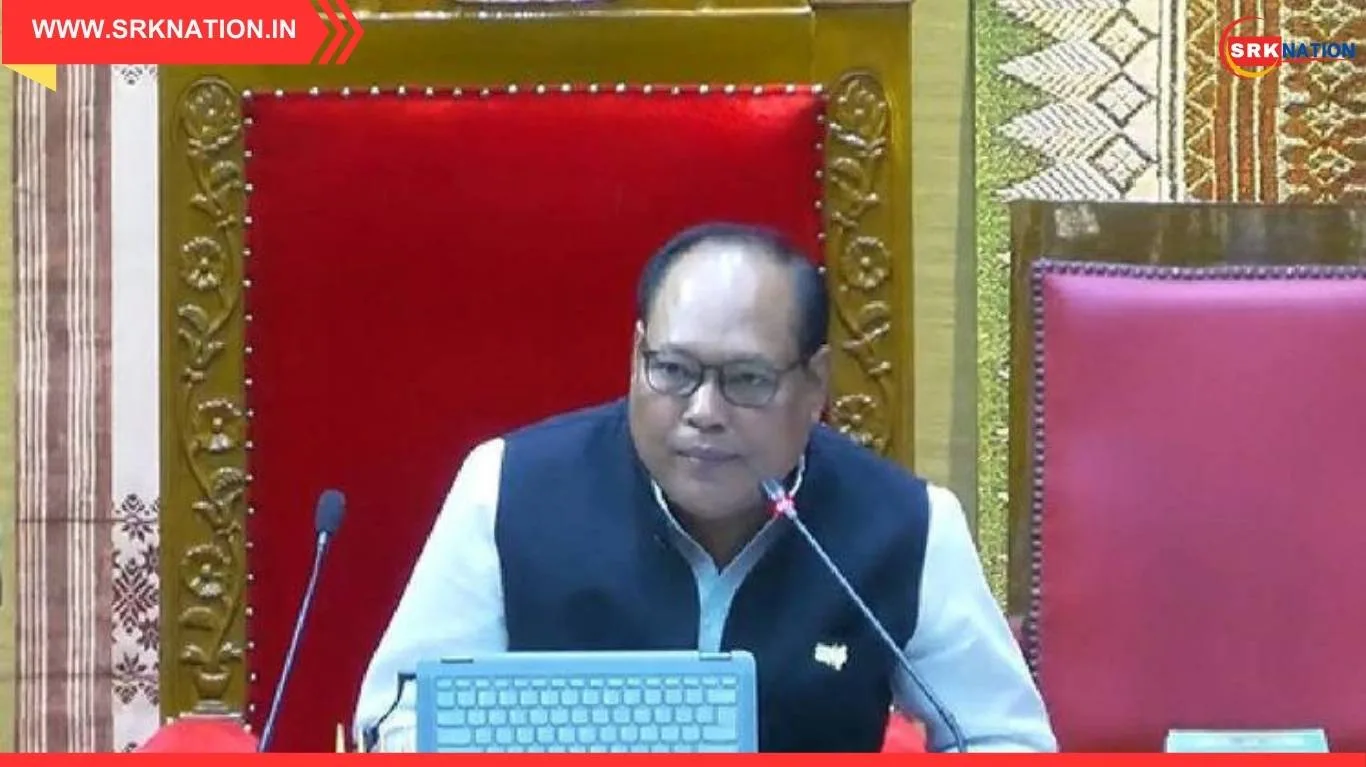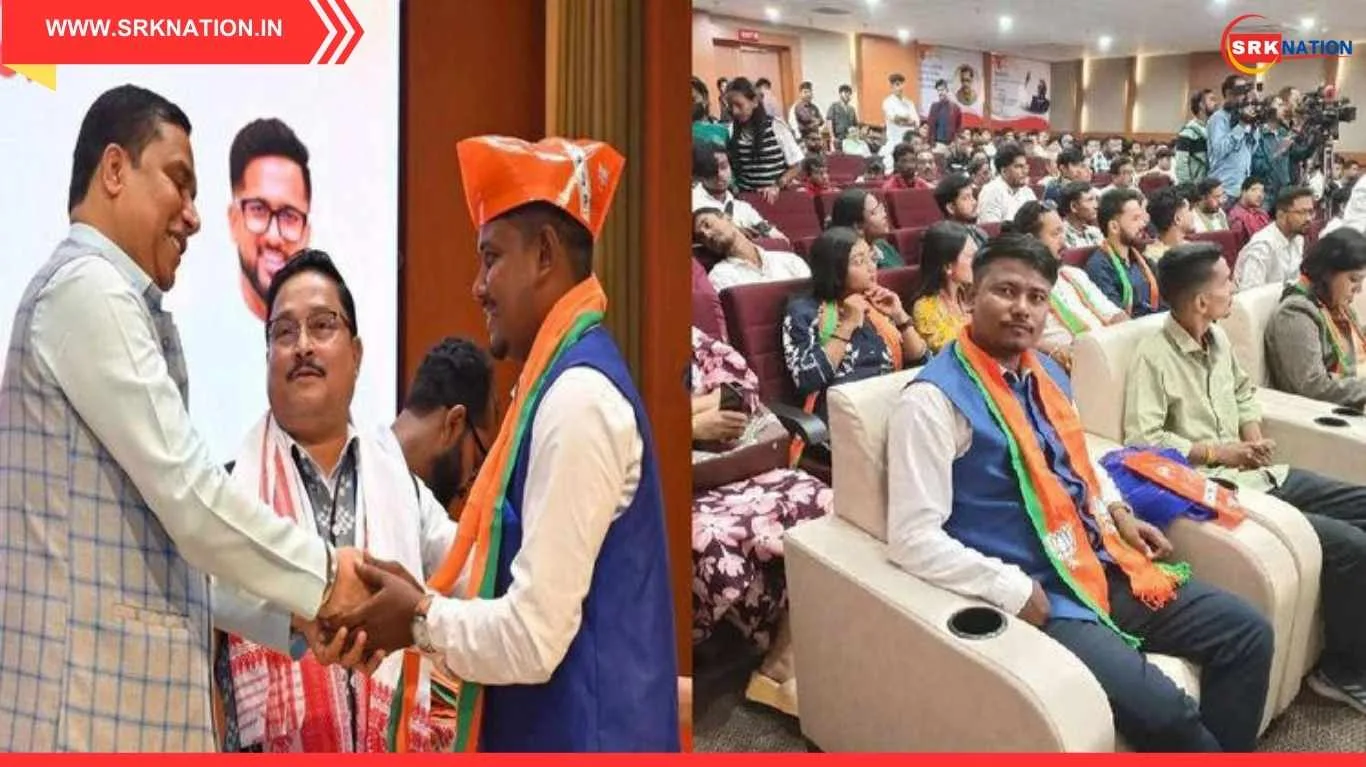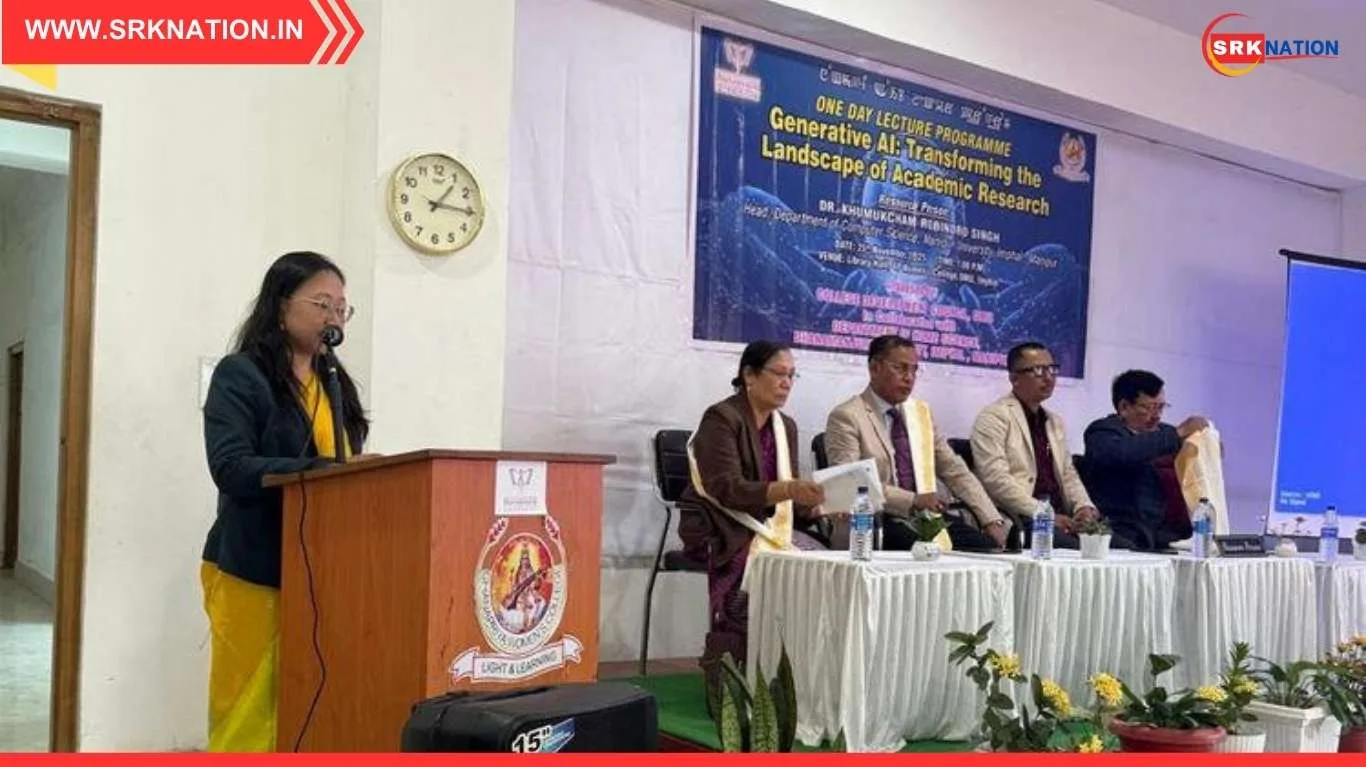Chief Minister Pema Khandu has reiterated that Arunachal Pradesh is India’s largest carbon sink, underlining the state’s vital role in combating climate change and ensuring ecological sustainability for the country. His statement came during the inauguration of a state-level environment conclave held in Itanagar, where policymakers, scientists, and forest officials discussed forest conservation, livelihood integration, and carbon market opportunities.
Why Arunachal is Called India’s Largest Carbon Sink
✅ Forest Coverage: Over 82% of Arunachal’s total geographical area is under forest cover, the highest in the country by percentage among larger states.
✅ Biodiversity Hotspot: Part of the Eastern Himalayas, the state houses diverse forest types – tropical, subtropical, temperate, alpine – absorbing significant atmospheric carbon dioxide.
✅ Net Negative Emissions: Due to low industrial pollution and extensive forest carbon sequestration, Arunachal acts as a net sink rather than a net emitter.
Top Indian States by Forest Cover (ISFR 2023)
| State | Geographical Area (sq km) | Forest Cover (sq km) | % of State Area |
|---|---|---|---|
| Arunachal Pradesh | 83,743 | 66,688 | 79.6% |
| Madhya Pradesh | 308,350 | 77,493 | 25.1% |
| Chhattisgarh | 135,192 | 55,611 | 41.1% |
| Odisha | 155,707 | 52,156 | 33.5% |
| Maharashtra | 307,713 | 50,827 | 16.5% |
| Assam | 78,438 | 28,327 | 36.1% |
Source: India State of Forest Report (ISFR) 2023, FSI
CM Khandu’s Key Statements
During his address, Khandu stated:
“Arunachal Pradesh is not just the lungs of India but of entire Southeast Asia. Our forests act as India’s largest carbon sink, mitigating climate change impacts while supporting tribal livelihoods and biodiversity.”
He highlighted that the state government has initiated:
- Community-based forest management projects under JICA and World Bank schemes.
- Promotion of bamboo, cane, and medicinal plant value chains to enhance green livelihoods.
- Forest carbon accounting programs in partnership with the Indian Council of Forestry Research and Education (ICFRE).
India’s National Carbon Sink Commitment
Under its Nationally Determined Contributions (NDCs) to the Paris Agreement, India has pledged to:
✅ Create an additional carbon sink of 2.5-3 billion tonnes CO2 equivalent by 2030 through afforestation and reforestation.
✅ Increase its forest and tree cover to 33% of total geographical area.
Arunachal Pradesh’s existing carbon sink capacity plays a central role in this target.
Estimated Carbon Sequestration by Arunachal Pradesh Forests
| Forest Type | Area (sq km) | Estimated Annual Carbon Sequestration (million tonnes CO2e) |
|---|---|---|
| Tropical wet evergreen | 30,000 | 45 |
| Subtropical broadleaf | 15,000 | 18 |
| Temperate forests | 10,000 | 10 |
| Alpine forests | 8,000 | 5 |
| Total | 66,688 | ~78 million tonnes CO2e |
Source: Ministry of Environment, Forests and Climate Change (MoEFCC) estimates
Challenges Ahead
Despite its significant forest coverage, Arunachal faces:
- Infrastructure vs Conservation Dilemma: Hydropower and road projects leading to forest diversion.
- Jhum Cultivation: Shifting agriculture practices degrading forest patches despite recent control efforts.
- Climate Change Impact: Altering forest composition and increasing pest/disease vulnerability.
- Carbon Market Access: Need for streamlined policy to allow community participation in voluntary carbon credit markets.
Policy Initiatives Announced
During the conclave, CM Khandu announced:
✅ Arunachal Green Credits Mission: To prepare forest carbon inventories for accessing carbon markets under MoEFCC guidelines.
✅ Community Carbon Stewardship Program: Training for village councils and forest user groups to manage carbon projects and revenue sharing.
✅ Zero-Deforestation Hydropower Policy: Mandating compensatory afforestation within Arunachal’s degraded lands.
✅ Partnership with NECTAR and ISRO: For remote sensing-based monitoring of forest carbon flux.
Expert Opinions
Dr. Nandini Das, senior forest ecologist at ICFRE, stated:
“Arunachal’s forest carbon sink is crucial for India’s NDC goals. Policy clarity on carbon rights, benefit-sharing mechanisms, and capacity-building of local institutions is the immediate need.”
Linking Forest Livelihoods and Carbon Markets
India’s new draft policy on Green Credit Program (GCP) includes carbon sequestration as an eligible activity. Arunachal Pradesh’s participation can generate:
✅ Voluntary carbon credits for international buyers
✅ Revenue for tribal communities and forest user groups
✅ Incentives for conservation and forest restoration
Potential Annual Revenue from Carbon Markets (Indicative)
| Carbon Credit Price (USD/tonne CO2e) | Annual Sequestration (million tonnes CO2e) | Potential Revenue (₹ crore) |
|---|---|---|
| $5 | 78 | ~3,250 |
| $10 | 78 | ~6,500 |
| $20 | 78 | ~13,000 |
Note: Actual revenue depends on verified project registration, methodology, and market demand.
The Road Ahead
Immediate Focus Areas for Arunachal
- Carbon accounting frameworks with satellite and ground data integration.
- Secure community carbon tenure rights to ensure benefit sharing.
- Integrating carbon goals with climate adaptation – watershed conservation, agroforestry, biodiversity corridors.
- International partnerships for REDD+ (Reducing Emissions from Deforestation and Degradation) and sustainable finance.
CM Khandu’s Closing Remarks
“We will continue to protect our forests not just for carbon credits but as our cultural heritage, ecological safety net, and the foundation of our economy.”
Conclusion
As India accelerates towards its climate goals, Arunachal Pradesh’s role as the largest carbon sink is indispensable. Its forests not only sequester massive quantities of carbon but also support indigenous livelihoods, preserve biodiversity, and stabilise climate systems beyond state and national boundaries. The coming decade will define how Arunachal integrates conservation, development, and carbon market opportunities to remain India’s green jewel in its net-zero journey.
Disclaimer: This news article is for informational purposes only. Data and policy positions are based on official state and MoEFCC documents, ISFR 2023, and recent public statements by Arunachal Pradesh Chief Minister. Readers should follow government releases for formal updates and program guidelines.











